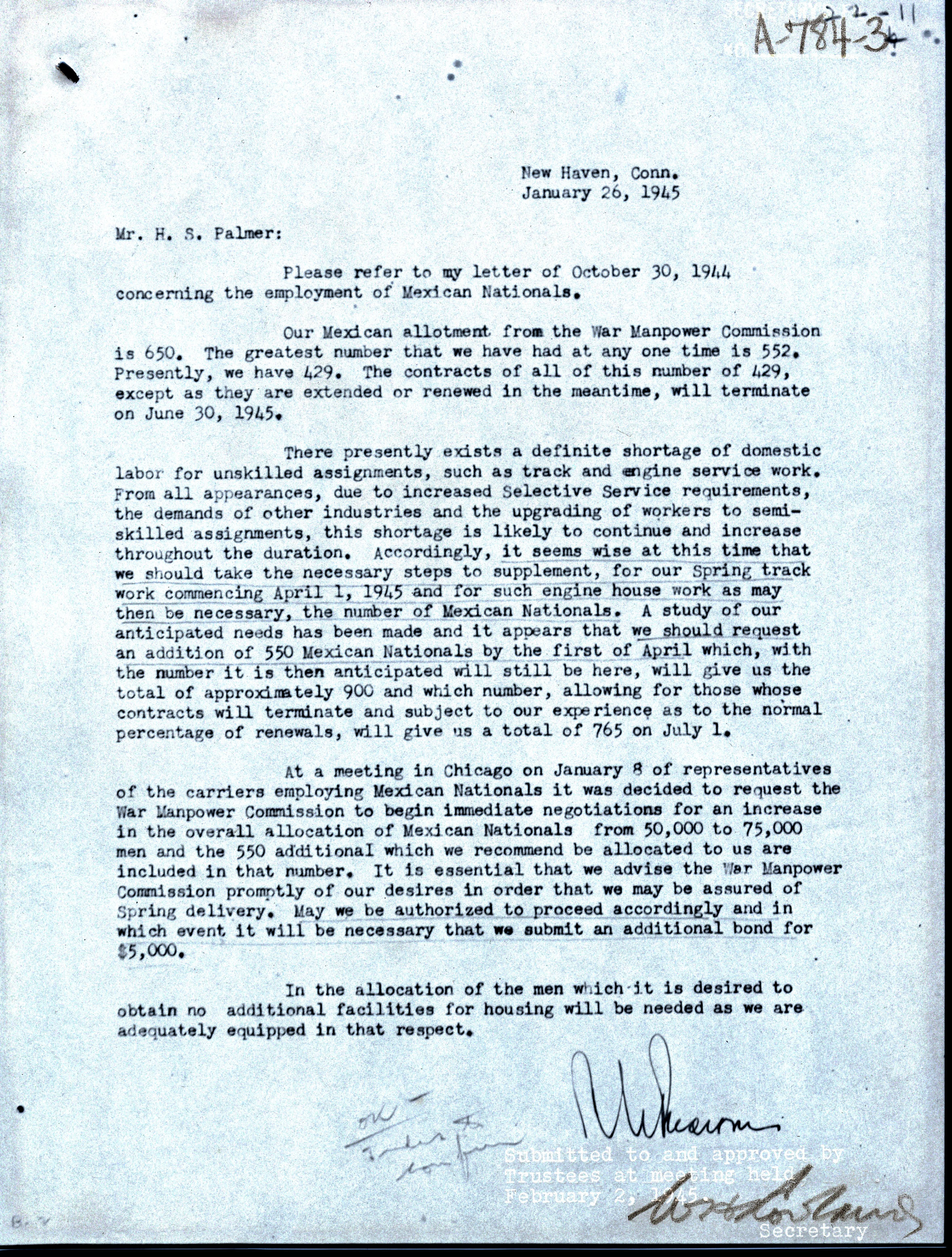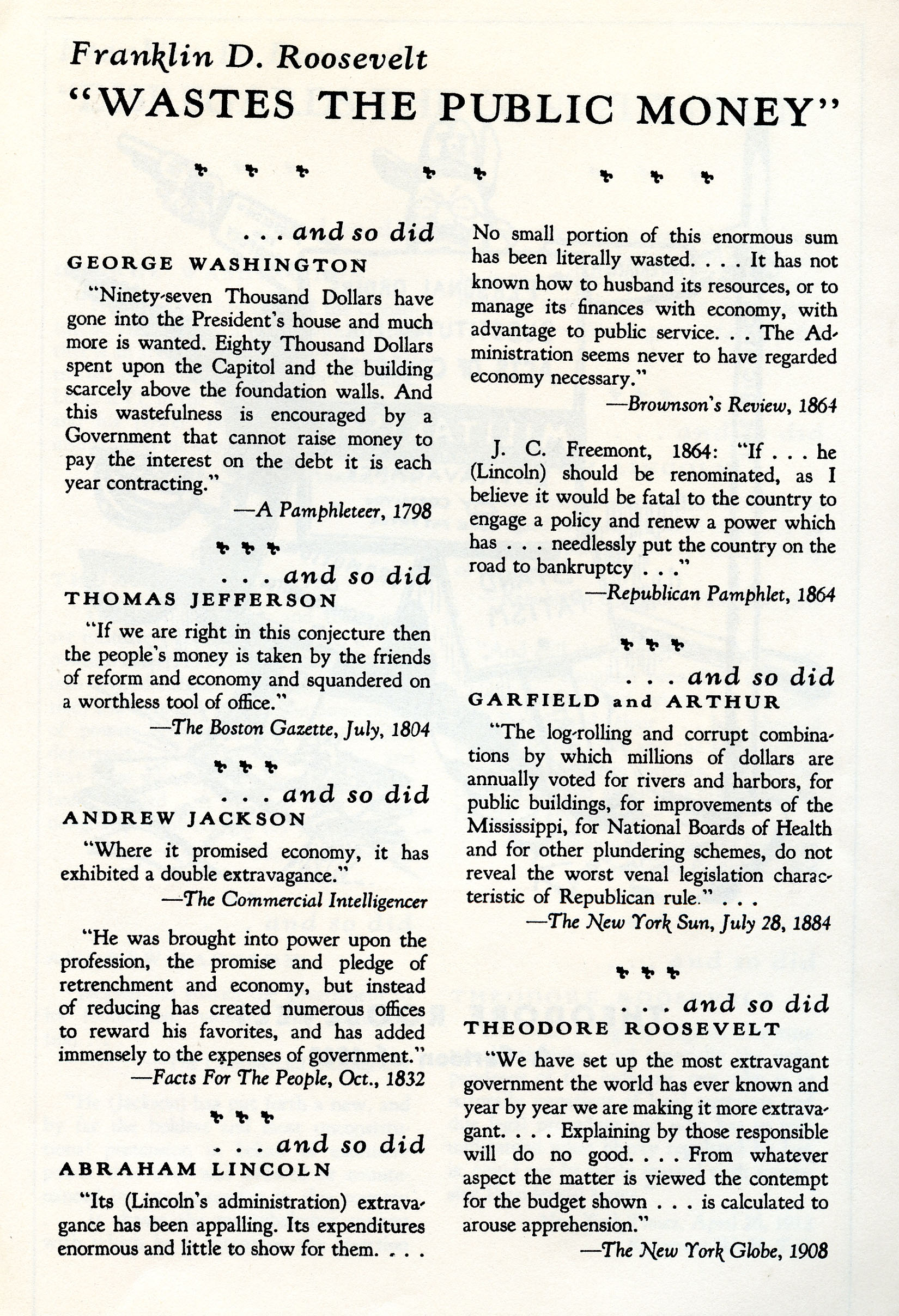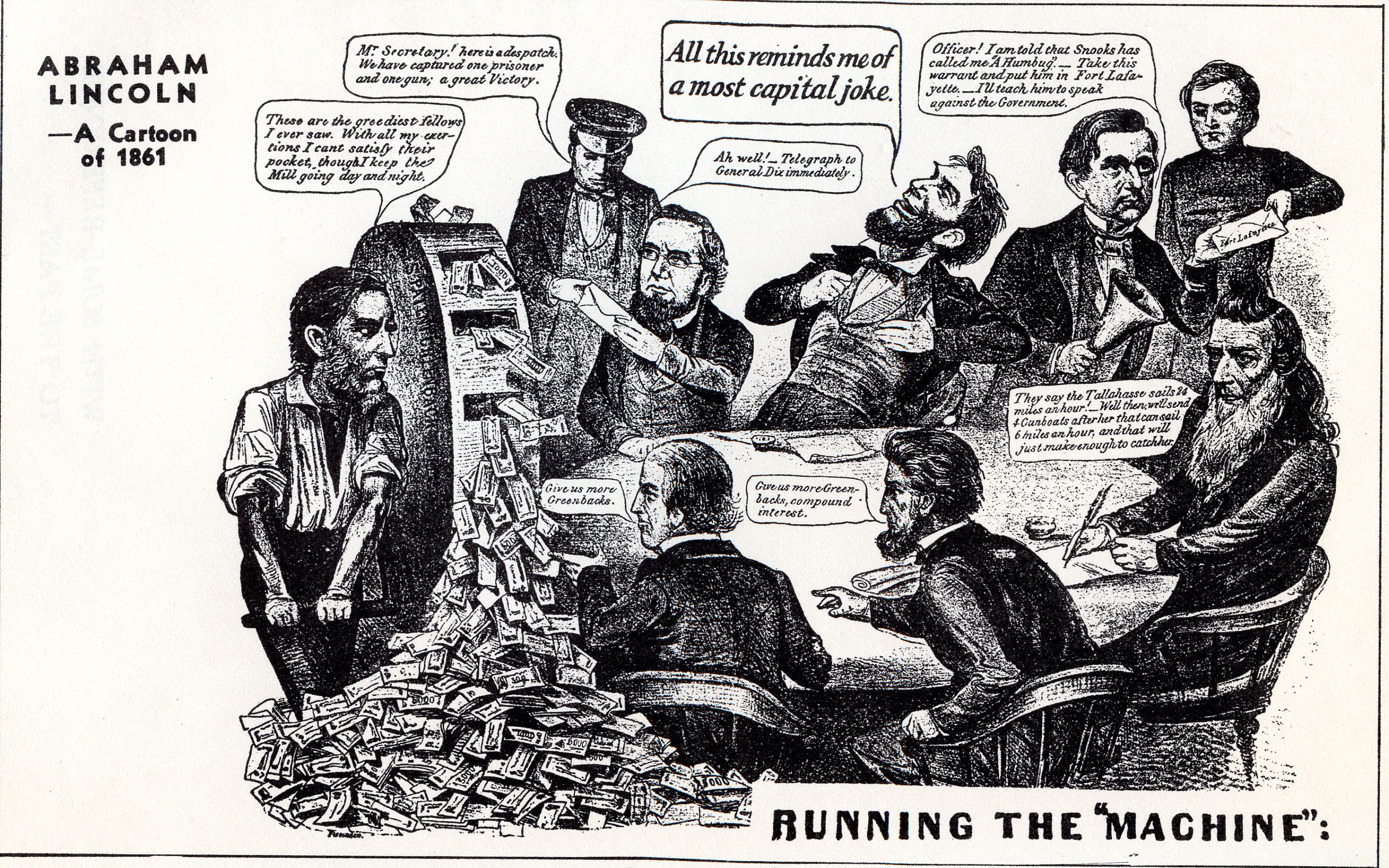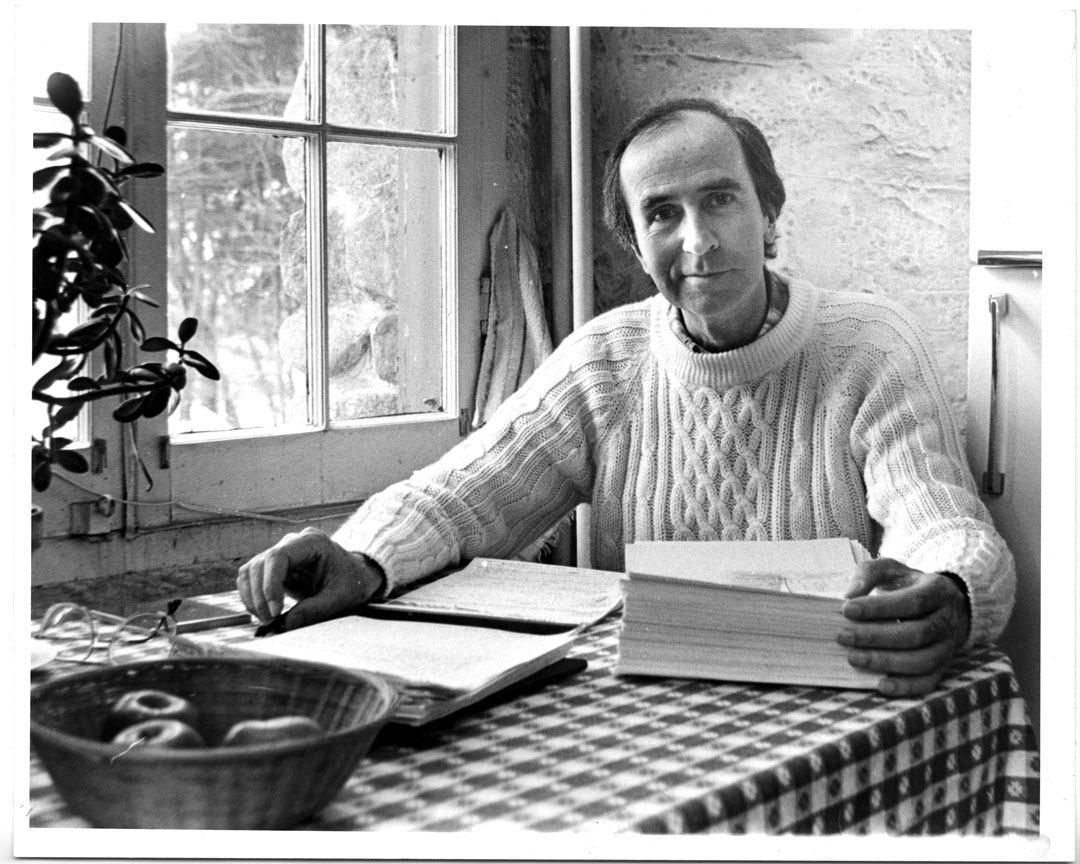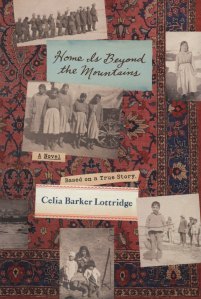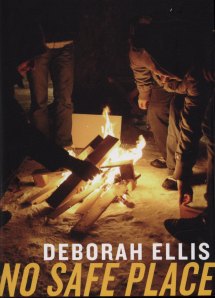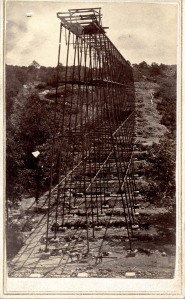Collections in archives and special collections come to life when researchers visit us and use our archival holdings. They turn what seem like a cluster of old, unrelated books and papers into meaningful stories and histories. Case in point is the recent visit to the archives by Margarita Barresi, a novelist doing research for her first book. The setting of the book is in Puerto Rico and she wanted to learn more about the social and cultural life of Puerto Rico during the first half of the 20th century.
“I’ve always wanted to write a novel based on the story of my grandparents,” says Barresi. “They lived during a time of great change in Puerto Rico, when a group of young idealists headed by Luis Muñoz Marín led the island from widespread poverty to great prosperity during the 1940s. I remember Luis Muñoz Marín having dinner at our house, and attending Christmas Eve parties at the house of Don Jaime Benítez, chancellor of the University of Puerto Rico, and a great educator and statesman. Knowing these people did not seem remarkable to an eight-year old child. They were just family friends. I am so grateful for the archives like the Dodd Research Center where I can go to hear their voices once again.”
Barresi wanted access to several rare books and pamphlets from the Puerto Rican Collection, a rich collection of 19th and early 20th century books, pamphlets and government documents assembled by three generations from the Géigel Family from Puerto Rico. “It was particularly helpful to me that the Géigel Family was from Ponce. Part of my grandmother’s story is set in the Ponce of the 1920s, and having access to books that recounted the time, such as Ponce y su Historial Geopolítico-Económico y Cultural by Manuel Mayoral Barnes, was invaluable,” says Barresi.
In addition to gathering information about Puerto Rico in the first half of the 20th century, Barresi found an actual family connection while delving in these books and newspapers. She tells me, “Your archive resources were very useful and fascinating, as were the back issues of ‘El Imparcial’ and ‘El Mundo’ in the library. I will probably come back to review more of the newspapers once I am further along in my research. On a fun note, I was surprised to see my grandfather’s cousin, Doris Ortiz, listed in the first PR Ballet program. I knew she was a dancer of some renown, who was even in a Hollywood movie dancing Flamenco, but I didn’t know she was also in the first Puerto Rican ballet company. Tití Doris taught me dance in her Hato Rey studio when I was a young girl.”
We look forward to reading Ms. Barresi’s novel in the future and see Puerto Rico’s social and cultural life comes to life in her work.
Note: Images from: Les Presages : anunciación de un arte nuevo en Puerto Rico : [programa de ballet]
Marisol Ramos, Curator for Latin American & Caribbean Collections

